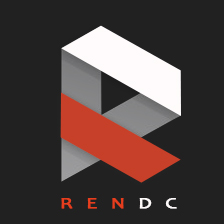61⟩ What is nmon tool do?
The nmon tool is designed for AIX and Linux performance specialists to use for monitoring and analyzing performance data, including:
✫ CPU utilization
✫ Memory use
✫ Kernel statistics and run queue information
✫ Disks I/O rates, transfers, and read/write ratios
✫ Free space on file systems
✫ Disk adapters
✫ Network I/O rates, transfers, and read/write ratios
✫ Paging space and paging rates
✫ CPU and AIX specification
✫ Top processors
✫ IBM HTTP Web cache
✫ User-defined disk groups
✫ Machine details and resources
✫ Asynchronous I/O - AIX only
✫ Workload Manager (WLM) - AIX only
✫ IBM TotalStorage® Enterprise Storage Server® (ESS) disks - AIX only
✫ Network File System (NFS)
✫ Dynamic LPAR (DLPAR) changes - only pSeries p5 and OpenPower for either AIX or Linux
Also included is a new tool to generate graphs from the nmon output and create .gif files that can be displayed on a Web site.


